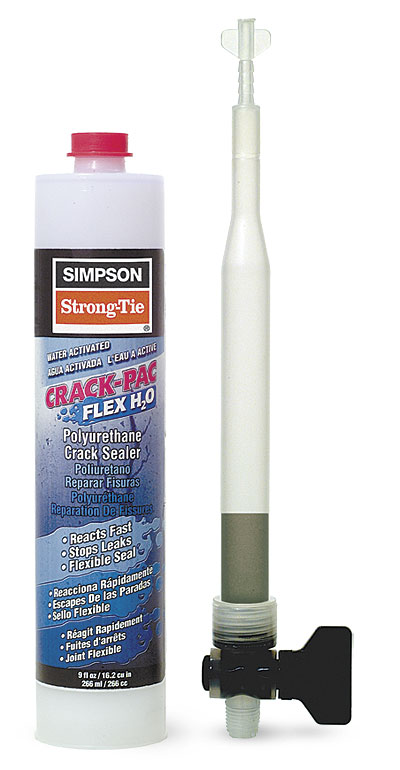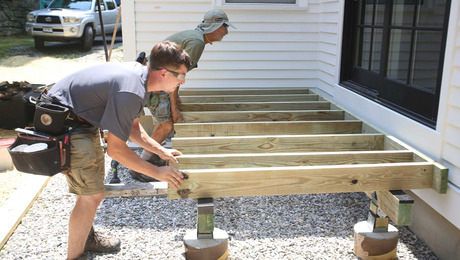Q:
Last year, I found a crack in my foundation that started at the floor and then extended 3-1/2-ft. up the wall. I tried drilling into the crack with a 1/2-in. masonry bit to enlarge it enough that I could seal it with hydraulic cement. I mixed the cement to a fairly wet consistency so that I could fill the entire crack at once. It looked great when I was done, but at the next heavy rain, it leaked again. Is there a more permanent way to fix this type of leak?
Brenden Delaney, Hoboken, NJ
A:
I posed this problem to a few different people. Rich Braun, technical director at Quikrete Companies, said this: “The moisture migration is most likely caused by hydrostatic pressure that is causing water to infiltrate the basement through the area of least resistance, which in this case is the crack. You need to eliminate or significantly reduce the hydrostatic pressure that the basement currently faces. Measures could include, but are not limited to, directing roof water to gutters or downspouts, keeping gutters and downspouts free of debris, directing water away from the house through extended downspouts, sloping exterior surfaces away from the house, and installing either a vapor barrier or a French drain.”
The instructions for Quikrete’s Hydraulic Water-Stop Cement recommend a mix-to-water ratio of 4:1 or 4-1⁄2:1 to form a consistency of “heavy putty.”
My colleague Andy Engel suggests that after you fix the drainage problem you try a product from Simpson Strong-Tie called Flex H2O. According to Dean Young, a technical support representative from Simpson, Flex H2O is a polyurethane product that cures especially well in the presence of water and has shown to be a successful fix when injected into cracks in foundation walls.

Simpson Strong-Tie Flex H2O, $103 per kit
Photos courtesy of the manufacturers

























